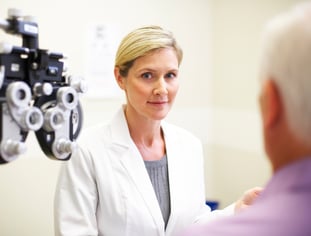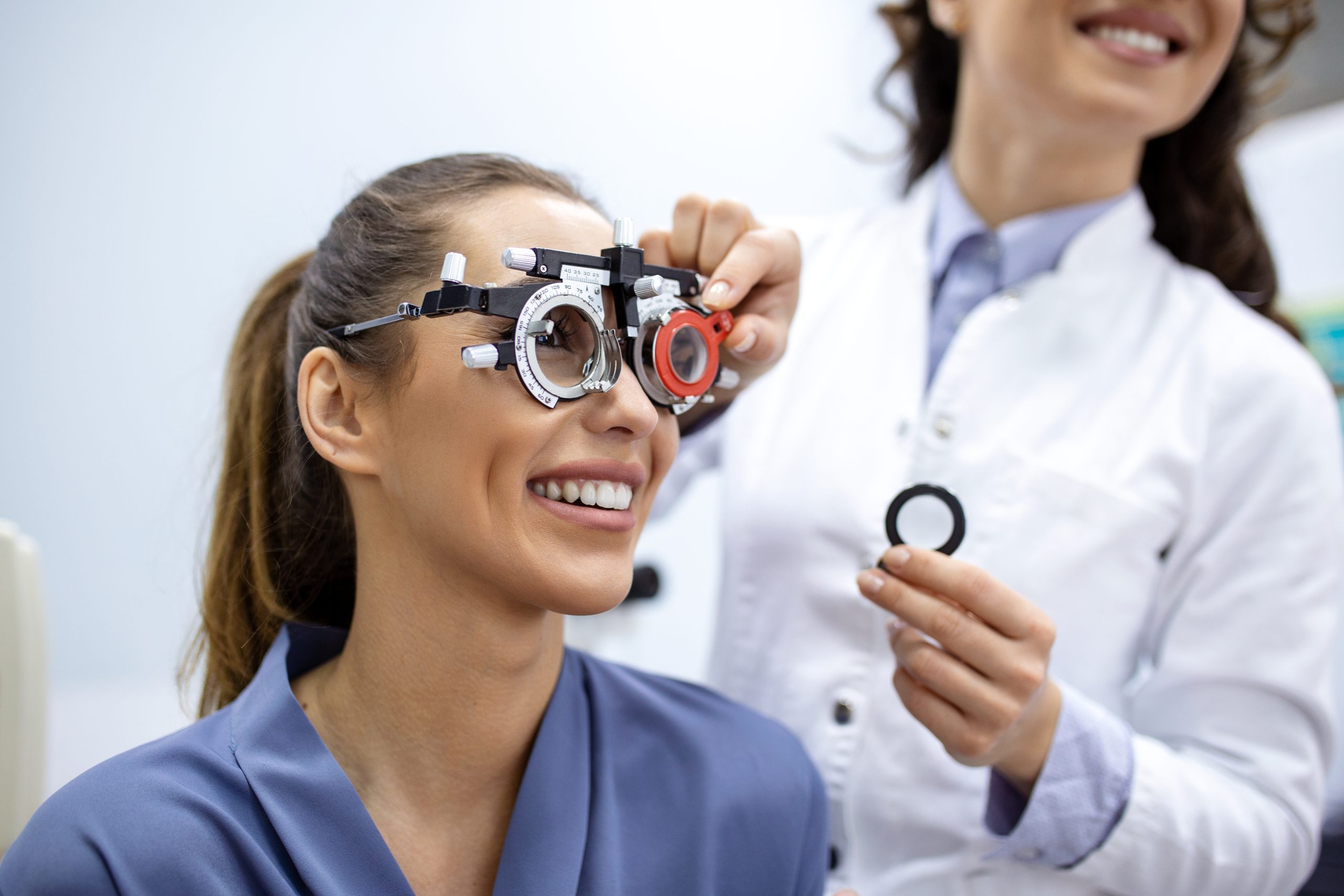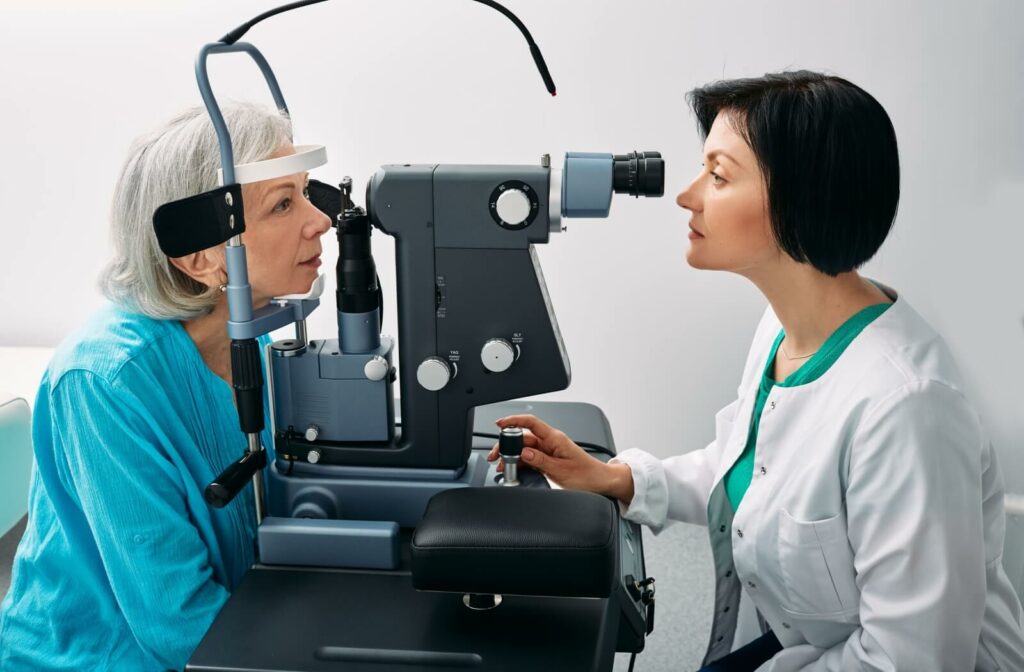Understanding the Role of Your Eye Doctor in Maintaining Vision
Understanding the Role of Your Eye Doctor in Maintaining Vision
Blog Article
Exploring the Latest Technical Developments in Optometry and What They Mean for Optometrists
From the accuracy of Optical Coherence Tomography to the nuanced insights used by AI-driven diagnostic devices, these developments are establishing brand-new criteria in patient analysis and treatment. As these improvements penetrate the method, eye doctors are encountered with the obstacle of embracing these tools to enhance client end results.
Advancements in Diagnostic Tools
Advancing the field of optometry, developments in analysis tools have actually changed the method eye treatment specialists examine and identify ocular conditions and visual impairments. The previous decade has observed significant technological advancements, allowing more extensive and exact examinations.
Another key innovation is the intro of sophisticated corneal topography systems, which map the surface curvature of the cornea with accuracy. These tools are especially beneficial for fitting contact lenses and identifying corneal problems. Additionally, digital retinal imaging has actually changed standard ophthalmoscopy, offering in-depth, panoramic views of the retina that help with thorough visual exams.
The growth of wavefront aberrometry has actually also been vital, enabling the evaluation of refractive mistakes with unmatched accuracy (Optometrist Chino). This technology aids in tailoring restorative lenses and enhancing surgical outcomes for refractive surgeries. Jointly, these analysis developments encourage optometrists to deliver premium person treatment, making certain very early treatment and tailored treatment methods, eventually enhancing visual health outcomes
AI in Person Monitoring
Structure on the foundation of cutting-edge diagnostic devices, the unification of expert system (AI) in client management stands for a transformative jump for optometry. AI systems are progressively employed to boost effectiveness, accuracy, and personalization in client care. By analyzing substantial quantities of data, AI can determine patterns and forecast possible eye conditions, enabling optometrists to tailor treatments better. This ability is essential in managing persistent eye illness such as glaucoma and diabetic retinopathy, where early discovery and constant tracking are crucial.
Furthermore, AI-driven platforms facilitate structured individual communications and administrative procedures. Automated scheduling, virtual assessments, and individualized follow-up strategies not only improve person contentment but likewise maximize time management for experts. These systems can triage clients based upon the necessity of their conditions, guaranteeing that those in critical requirement get punctual focus.
Additionally, AI improves decision-making by supplying eye doctors with evidence-based recommendations and treatment paths. By incorporating data from electronic wellness documents, AI tools use insights that educate medical decisions, reducing the danger of errors and improving person end results. As AI proceeds to advance, its duty in patient administration will likely broaden, reshaping the landscape of optometric treatment.
Advances in Retinal Imaging
In the world of optometry, retinal imaging has actually experienced exceptional technical improvements that are improving diagnostic abilities and individual care. Developments such as Optical Coherence Tomography (OCT) and fundus photography have actually reinvented just how eye doctors assess the retina and envision.
Improved imaging modalities like OCT angiography are more refining analysis accuracy. Eye Doctor. Such advancements assist in the recognition of min retinal modifications that could indicate disease progression.
Moreover, advancements in expert system are augmenting retinal imaging by enabling automated evaluation of huge datasets. These systems assist optometrists in determining patterns a sign of pathology, consequently enhancing analysis accuracy and effectiveness. Jointly, these developments are changing retinal imaging right into a keystone of modern-day eye care, improving results and expanding restorative helpful resources opportunities.
Teleoptometry's Expanding Role
Teleoptometry is increasingly becoming a crucial component of eye care, driven by innovations in electronic communication and analysis devices. This is especially advantageous in rural and underserved locations where access to specialized eye treatment is commonly restricted.
The integration of synthetic knowledge (AI) more improves teleoptometry, allowing the evaluation of visual information and helping in the discovery of ocular problems such as glaucoma and diabetic retinopathy. AI-powered formulas can rapidly analyze complex imaging information, offering eye doctors with important understandings that reinforce clinical decision-making.
Additionally, teleoptometry supports connection of treatment with seamless assimilation with digital health documents (EHRs), allowing eye doctors to maintain detailed client backgrounds. This guarantees that people obtain individualized and consistent care also when look at this now seeking advice from different experts.
Despite these advantages, obstacles stay, consisting of making certain data security and managing patient assumptions. However, teleoptometry stands for a significant stride in the direction of even more accessible, reliable, and patient-centered eye care. As technology develops, its function is poised to broaden better.

Future Patterns in Eye Treatment
A myriad of innovative patterns is readied to improve the future of eye treatment, driven by technical innovations and the advancing demands of individuals. One considerable pattern is the integration of synthetic intelligence (AI) in diagnostics, which assures to boost the precision and efficiency of eye evaluations. AI algorithms can evaluate large amounts of information from retinal photos, possibly identifying problems like diabetic retinopathy and glaucoma earlier than traditional approaches.
Additionally, individualized medicine is gaining grip in optometry, with genetic screening educating tailored therapy plans. This approach intends to enhance client results by customizing interventions to private hereditary profiles. Wearable innovation, such as smart contact lenses, is also coming up, offering real-time monitoring of intraocular pressure or sugar levels, hence offering continual insights right into ocular and systemic health and wellness.
The adoption of augmented fact (AR) and online reality (VIRTUAL REALITY) in training and patient education and learning is another arising trend. These modern technologies provide immersive experiences that view can boost understanding and skills both for clients and eye doctors. As these trends progress, eye doctors must stay abreast of technical developments to give cutting-edge care, making sure improved person results and satisfaction in the vibrant landscape of eye treatment.
Conclusion

Collectively, these diagnostic innovations encourage eye doctors to provide premium individual treatment, guaranteeing very early treatment and customized therapy methods, eventually improving aesthetic wellness end results.

As these technologies proceed to develop, optometrists should adapt and integrate them into technique, eventually optimizing operations effectiveness and elevating the criterion of eye care delivered to individuals.
Report this page